Home>Garden Essentials>How Much Green Space Is Lost In Urban Areas Yearly
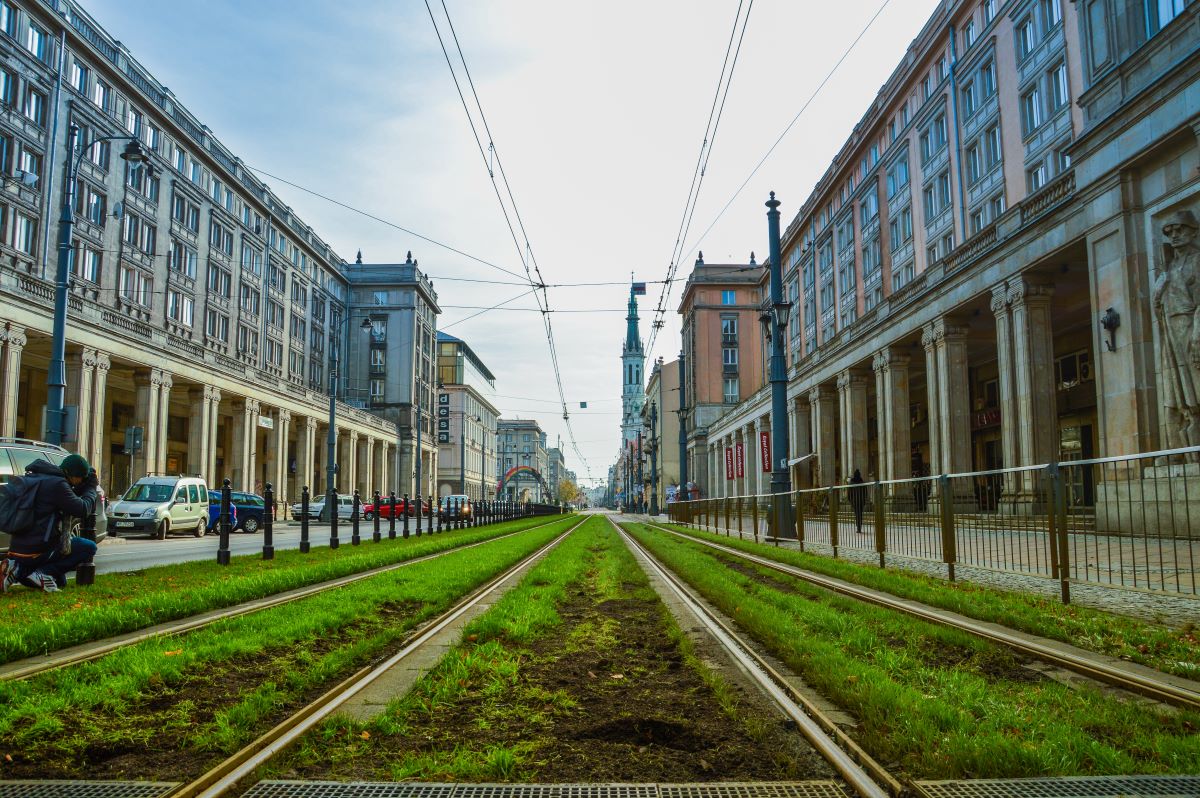

Garden Essentials
How Much Green Space Is Lost In Urban Areas Yearly
Modified: March 7, 2024
Discover how much green space is lost in urban areas yearly and the importance of maintaining a garden amidst urbanization.
(Many of the links in this article redirect to a specific reviewed product. Your purchase of these products through affiliate links helps to generate commission for Storables.com, at no extra cost. Learn more)
Introduction
With rapid urbanization and population growth, the loss of green space in urban areas has become a pressing concern. Green spaces, such as parks, gardens, and urban forests, play a vital role in creating healthier and more livable cities. They provide a host of environmental, social, and economic benefits, but unfortunately, they are being encroached upon and diminished at an alarming rate.
Due to the expansion of infrastructure, urbanization, and the demand for additional housing, large areas of green space are being lost every year. This loss not only affects the overall beauty and aesthetics of cities, but it also has significant repercussions for both the environment and human well-being. In this article, we will explore the magnitude of green space loss in urban areas and delve into its impact on the environment, human health, and the economy.
Moreover, we will examine the contributing factors leading to the loss of green space and discuss case studies from around the world to highlight the extent of this issue. Additionally, we will explore strategies and potential solutions to mitigate the loss of green space in urban areas and promote the preservation and creation of green spaces for a more sustainable future.
By addressing this issue, we can hope to create a better understanding of the importance of preserving and enhancing green spaces in urban areas. This implies not only ensuring a healthier and more natural environment but also creating urban environments that are more enjoyable and conducive to the well-being and quality of life of their inhabitants.
Key Takeaways:
- Urban areas are losing green spaces every year due to factors like urban expansion and lack of planning, impacting the environment, human health, and the economy.
- Strategies like incorporating green infrastructure, protecting existing green spaces, and promoting community engagement can help mitigate green space loss and create healthier, more sustainable cities.
Read more: What Is Urban Garden
Definition of Green Space
Green space refers to any area within urban environments that is predominantly covered by vegetation, such as parks, gardens, open fields, and forests. It encompasses both publicly accessible areas, such as city parks and playgrounds, and privately owned green spaces, such as backyard gardens and rooftop gardens.
Green spaces come in various forms and sizes, ranging from small pocket parks nestled between buildings to expansive urban forests and nature reserves. They can be designed and developed with specific purposes in mind, such as recreational spaces for community gatherings, ecological habitats for wildlife, or aesthetic spaces contributing to the cityscape.
These areas of vegetation not only include trees, shrubs, and grassy areas but also encompass bodies of water, wetlands, and other natural elements. The presence of green space in urban areas serves as a contrast to the built environment, providing a respite from concrete and asphalt and fostering a sense of connection to nature.
It is worth noting that green spaces can be either existing natural areas left untouched or intentionally designed and created as part of urban planning initiatives. While some green spaces may occur naturally, such as urban forests or riverbanks, others are carefully cultivated and maintained to provide specific benefits and amenities to the community.
Overall, green space is essential in urban areas as it not only enhances the visual appeal of cities but also contributes to the overall health and well-being of urban residents. It provides a range of ecological, social, and psychological benefits that are crucial for sustainable urban development and the creation of livable cities.
Importance of Green Space in Urban Areas
Green spaces play a vital role in enhancing the livability and sustainability of urban areas. They provide numerous benefits that contribute to the overall well-being and quality of life of urban residents. Here are some key reasons why green spaces are important in urban areas:
- Environmental Benefits: Green spaces help to mitigate the impact of urbanization on the natural environment. They act as absorbent surfaces for rainwater, reducing the risk of flooding and enhancing water quality. Moreover, green spaces support biodiversity by providing habitats for various plant and animal species.
- Improved Air Quality: Vegetation in green spaces absorbs carbon dioxide and releases oxygen, helping to improve air quality by reducing pollution levels. Trees, in particular, act as natural air filters by trapping pollutants and particulate matter.
- Temperature Regulation: Through shade and evapotranspiration, green spaces help to mitigate the urban heat island effect, where cities become significantly warmer than surrounding rural areas. Strategic placement of green spaces can help cool urban environments, reducing energy consumption for cooling and improving comfort for residents.
- Mental and Physical Health Benefits: Access to green spaces has been linked to improved mental health, reduced stress levels, and increased physical activity among urban residents. Spending time in nature has a calming effect, and green spaces provide opportunities for recreation, exercise, and social interaction.
- Community Gathering and Social Cohesion: Green spaces serve as gathering places for community events, festivals, and recreational activities. They provide a sense of place and identity, fostering social cohesion and a sense of belonging within communities.
In addition to these benefits, green spaces also contribute to economic value by increasing property values and attracting tourists. They create economic opportunities, such as jobs in landscaping and maintenance, and can even be used for urban farming, promoting local food production and self-sustainability.
Given the wide array of advantages that green spaces provide, it is imperative to prioritize their preservation and creation within urban areas. By incorporating green spaces into urban planning and design, we can create healthier, more sustainable cities that prioritize the well-being of both people and the environment.
Factors Leading to Green Space Loss in Urban Areas
The loss of green space in urban areas can be attributed to various factors that arise from the pressures of urbanization and development. While urban growth is necessary for the expanding population and economic development, it often comes at the expense of valuable green spaces. Here are some key factors contributing to green space loss in urban areas:
- Urban Expansion: The need for housing, infrastructure, and commercial development leads to the conversion of green spaces into built-up areas. As cities expand, undeveloped land, including parks and gardens, is often the first to be encroached upon.
- Land Use Changes: Zoning regulations and land use policies may prioritize development over the preservation of green spaces. Changes in land use designations, such as converting agricultural or recreational lands into residential or commercial areas, can result in the loss of green spaces.
- Population Density: High population density in urban areas increases the demand for housing, schools, and other amenities. Consequently, green spaces are sacrificed to make way for new developments that cater to the needs of a growing population.
- Lack of Urban Planning: Inadequate urban planning and poor land management practices often overlook the importance of preserving green spaces. Lack of comprehensive and visionary planning may result in fragmented and poorly connected green areas, reducing their overall effectiveness and sustainability.
- Infrastructure Development: The construction of roads, highways, and other infrastructure projects requires land, which may lead to the removal or reduction of green spaces. These projects often prioritize transportation and accessibility over environmental considerations.
- Commercialization and Privatization: Green spaces that were once publicly accessible may be converted into private developments, denying public access and diminishing the overall availability of green spaces for the community.
- Fragmentation and Isolation: Fragmentation of green spaces due to urban development disrupts ecological connectivity, isolating plant and animal populations. This fragmentation can have devastating impacts on biodiversity and ecological functions.
It is essential to recognize these factors and their impacts on green spaces in order to develop effective strategies for mitigating their loss. By considering the importance of green spaces and integrating them into urban planning processes, we can preserve and protect these vital areas within our cities.
Case Studies on Green Space Loss in Urban Areas
Across the globe, numerous cities have faced significant green space loss due to urbanization and development. These case studies serve as valuable examples of the challenges and consequences associated with the loss of green spaces in urban areas:
- New York City, USA: New York City has witnessed the loss of several iconic green spaces, such as the demolition of the original Penn Station and the subsequent development of Madison Square Garden. The High Line, a successful urban park built on an abandoned elevated railway, showcases the potential for repurposing infrastructure to create green spaces.
- Singapore: Singapore is known for its urban greening initiatives but has still experienced the loss of green spaces over time. The rapid expansion of the city-state has led to the conversion of green areas into residential and commercial developments.
- Mumbai, India: Mumbai has faced extensive green space loss due to rapid urbanization and the demand for housing. Parks and open spaces have been replaced by high-rise buildings, leaving limited green spaces for the growing population to enjoy.
- Rio de Janeiro, Brazil: The favelas of Rio de Janeiro have witnessed the loss of green spaces and recreational areas due to informal urbanization. The lack of urban planning and infrastructure has resulted in overcrowding and insufficient access to green spaces for residents.
- Tokyo, Japan: Tokyo has experienced urban growth and development at a rapid pace. Although the city boasts extensive green spaces, such as parks and gardens, the expansion of transportation networks and commercial districts has led to the conversion of some green areas.
These case studies highlight the need for comprehensive urban planning that prioritizes the preservation and creation of green spaces. They also emphasize the importance of engaging local communities in decision-making processes to ensure that green spaces are valued and protected.
Learning from these case studies, cities can implement measures to mitigate green space loss, such as incorporating green infrastructure into urban planning, establishing protective policies, and promoting sustainable development practices. By doing so, we can strive to create urban areas that strike a balance between development and the preservation of green spaces for the benefit of both the environment and urban residents.
One tip to help reduce the loss of green space in urban areas is to support and participate in community efforts to create and maintain urban gardens, parks, and green spaces. These spaces can help provide important habitats for wildlife, improve air quality, and offer recreational opportunities for residents.
Impact of Green Space Loss on the Environment
The loss of green space in urban areas has profound implications for the environment. Green spaces play a critical role in maintaining ecological balance and supporting biodiversity. Here are some key impacts of green space loss on the environment:
- Loss of Habitat: Green spaces provide essential habitats for various plant and animal species. The destruction of green spaces eliminates these habitats, leading to a loss of biodiversity and disrupting ecological networks.
- Reduced Carbon Sequestration: Green spaces, especially forests and urban trees, act as carbon sinks by absorbing carbon dioxide from the atmosphere during photosynthesis. The loss of these carbon sink ecosystems contributes to increased greenhouse gas levels and exacerbates climate change.
- Impaired Water Management: Green spaces help regulate the water cycle by absorbing and filtering rainwater. The loss of these areas can result in increased stormwater runoff, leading to flooding, erosion, and reduced water quality.
- Negative Effects on Microclimate: Green spaces play a crucial role in regulating microclimates by providing shade and reducing heat through evapotranspiration. Loss of green spaces contributes to the urban heat island effect, resulting in increased temperatures and reduced air quality in urban areas.
- Decreased Soil Health: Green spaces maintain soil health by preventing erosion, promoting nutrient recycling, and enhancing soil fertility. Loss of green spaces can lead to soil degradation, reduced soil water retention capacity, and increased vulnerability to erosion.
- Loss of Ecosystem Services: Green spaces provide essential ecosystem services, such as pollination, pest control, and air purification. Their loss can disrupt these services, leading to imbalances in ecosystems and posing challenges for urban agriculture and food security.
The impacts of green space loss on the environment are far-reaching and can have long-term consequences. Recognizing the importance of green spaces and implementing measures to protect and expand them is vital for mitigating these environmental impacts and preserving ecological integrity within urban areas.
Impact of Green Space Loss on Human Health
The loss of green spaces in urban areas has significant implications for human health and well-being. Green spaces provide numerous benefits that positively impact physical, mental, and social health. Here are some of the key impacts of green space loss on human health:
- Increased Risk of Chronic Diseases: Lack of access to green spaces limits opportunities for physical activity, leading to a sedentary lifestyle and an increased risk of chronic conditions such as obesity, diabetes, and cardiovascular diseases.
- Poorer Mental Health: Being in nature and surrounded by greenery has been shown to have a positive impact on mental health, reducing stress, anxiety, and depression. Loss of green spaces can contribute to increased levels of mental health disorders among urban dwellers.
- Higher Stress Levels: Spending time in green spaces has a restorative effect on the mind, helping to reduce stress levels and promote relaxation. A lack of access to green spaces can result in higher stress levels and poorer overall mental well-being.
- Impaired Cognitive Function: Green spaces have been linked to improved cognitive function, attention restoration, and better academic performance. Loss of green spaces can hinder cognitive development, particularly among children and students.
- Reduced Social Interaction: Green spaces provide opportunities for social interaction, community gatherings, and recreational activities. The loss of green spaces can lead to social isolation, decreased community cohesion, and a decline in overall social well-being.
- Heat-Related Illnesses: Green spaces help mitigate the urban heat island effect by providing shade and reducing surface temperatures. Loss of green spaces exacerbates heat-related illnesses and can disproportionately affect vulnerable populations such as the elderly and children.
These impacts highlight the importance of preserving and creating green spaces within urban areas to promote and protect human health. Recognizing the relationship between green spaces and well-being can guide urban planning and design decisions, prioritizing the inclusion of green spaces in the built environment.
By prioritizing the preservation and creation of green spaces, we can enhance the overall quality of life of urban residents, promote physical and mental health, and foster a sense of well-being and connection to nature within our cities.
Economic Costs of Green Space Loss in Urban Areas
The loss of green spaces in urban areas has not only environmental and health impacts but also significant economic costs. While green spaces provide numerous benefits that contribute to the economy, their loss results in substantial economic ramifications. Here are some key economic costs associated with green space loss:
- Decreased Property Values: Green spaces enhance the attractiveness and desirability of neighborhoods, thereby increasing property values. The loss of green spaces in a community can lead to a decline in property values and a decrease in real estate value.
- Increased Healthcare Costs: Green spaces have been shown to improve mental and physical health, reducing the burden on healthcare systems. The loss of green spaces can result in increased healthcare costs due to higher rates of obesity, mental health disorders, and chronic diseases.
- Loss of Tourism Revenue: Green spaces, such as parks and gardens, attract tourists and contribute to local economies through visitor spending. The destruction or degradation of these spaces can lead to a decline in tourism revenue and the loss of livelihoods in the hospitality and tourism sectors.
- Reduced Productivity: Access to green spaces has been linked to increased productivity and reduced absenteeism in the workplace. Loss of green spaces can result in a decline in employee well-being and productivity, leading to economic losses for businesses.
- Higher Energy Costs: Green spaces help to mitigate the urban heat island effect by providing shade and cooling effects. Without green spaces, urban areas are more susceptible to higher temperatures, leading to increased energy consumption for cooling and higher energy costs for residents and businesses.
- Decreased Business Opportunities: Green spaces create business opportunities, such as outdoor cafes, recreational facilities, and eco-tourism activities. The loss of green spaces limits these opportunities, impacting the local economy and job creation potential.
These economic costs demonstrate the importance of valuing and preserving green spaces in urban areas. Investments in the creation and maintenance of green spaces can generate long-term economic benefits, including increased property values, job opportunities, and revenue from tourism and recreation.
By considering the economic costs associated with green space loss, policymakers and urban planners can make informed decisions and implement strategies to protect and enhance green spaces, ensuring a sustainable and economically thriving urban environment.
Strategies to Mitigate Green Space Loss in Urban Areas
The loss of green spaces in urban areas is a pressing issue, but there are strategies that can be implemented to mitigate this loss and promote the preservation and creation of green spaces. Here are some key strategies that can be employed to protect and enhance green spaces in urban areas:
- Incorporating Green Infrastructure in Urban Planning: Urban planning should prioritize the integration of green infrastructure, including parks, urban forests, and green roofs, within the built environment. This can be achieved through zoning regulations, land use planning, and the inclusion of green space requirements in development projects.
- Protection and Enhancement of Existing Green Spaces: Identify and protect valuable green spaces, such as parks, forests, and wetlands, from future development. Enhance these spaces through regular maintenance, improved amenities, and the addition of biodiversity-friendly features.
- Creating Green Corridors and Connecting Green Spaces: Establish green corridors that connect existing green spaces, enabling wildlife movement and enhancing ecological connectivity. This can be achieved through the creation of bike paths, pedestrian walkways, and green infrastructure networks.
- Promoting Community Engagement and Ownership: Involve local communities in decision-making processes and encourage their active participation in the maintenance and management of green spaces. This fosters a sense of ownership and responsibility and ensures that green spaces reflect the needs and desires of the community.
- Integrating Green Spaces into Urban Development: Green spaces should be considered as essential elements in all urban development projects. Incorporate green roofs, vertical gardens, and pocket parks in new construction to maximize greenery within limited space.
- Utilizing Rooftop and Vertical Gardens: Encourage the use of rooftop gardens and vertical greenery systems as a means to increase green space in dense urban areas. These innovative solutions can provide additional recreational spaces, improve air quality, and reduce energy consumption.
- Promoting Urban Agriculture: Encourage urban agriculture initiatives, such as community gardens and rooftop farms, to not only introduce green spaces but also promote local food production, food security, and sustainable practices.
- Incentivizing Green Space Development: Provide incentives to developers, such as tax breaks or density bonuses, for including green spaces within their projects. This encourages the creation of green spaces and ensures their integration into urban developments.
By implementing these strategies, urban areas can effectively mitigate green space loss and create a more sustainable and livable environment. It is important for policymakers, urban planners, and communities to collaborate and prioritize the preservation and creation of green spaces for the benefit of both the environment and the well-being of urban residents.
Conclusion
The loss of green space in urban areas is a growing concern that has far-reaching implications for the environment, human health, and the economy. Green spaces play a crucial role in creating livable and sustainable cities, providing numerous benefits that contribute to our well-being and quality of life.
From environmental benefits such as habitat preservation and carbon sequestration to improved mental health, reduced stress levels, and enhanced social cohesion, green spaces are integral to creating healthy and thriving urban communities.
However, factors like urban expansion, population density, and inadequate urban planning continue to contribute to the loss of green spaces at an alarming rate. This loss not only disrupts ecosystems and contributes to climate change but also jeopardizes our physical and mental well-being.
It is essential that we recognize the importance of green spaces in urban areas and take proactive measures to protect and enhance them. This can be achieved through integrated urban planning, incorporating green infrastructure, preserving existing green spaces, and actively involving communities in the decision-making and maintenance of these spaces.
Moreover, promoting the creation of green corridors, rooftop gardens, and urban agriculture initiatives can further maximize green space in dense urban environments. These strategies not only mitigate the loss of green spaces but also provide opportunities for recreation, strengthen community bonds, and support local economies.
By valuing and prioritizing the preservation and creation of green spaces within our urban areas, we can cultivate healthier, more sustainable, and more resilient cities. The benefits are far-reaching, from improved environmental conditions and enhanced biodiversity to better physical and mental health outcomes for residents.
Let us envision cities that embrace the integration of nature and the built environment, where green spaces thrive and coexist harmoniously with urban development. By doing so, we can create urban environments that not only provide for our immediate needs but also nurture our connection to nature and foster a better future for generations to come.
Frequently Asked Questions about How Much Green Space Is Lost In Urban Areas Yearly
Was this page helpful?
At Storables.com, we guarantee accurate and reliable information. Our content, validated by Expert Board Contributors, is crafted following stringent Editorial Policies. We're committed to providing you with well-researched, expert-backed insights for all your informational needs.
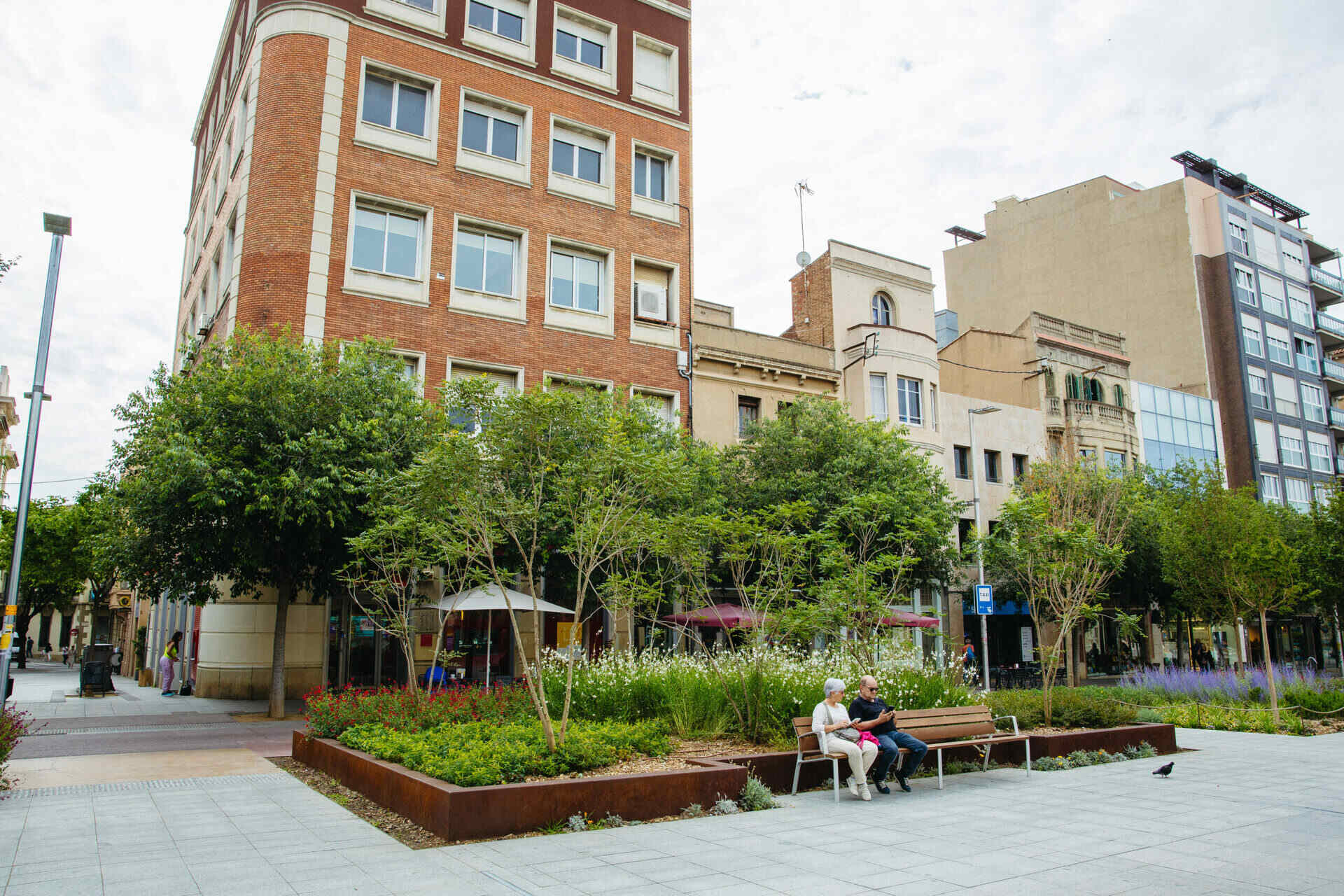
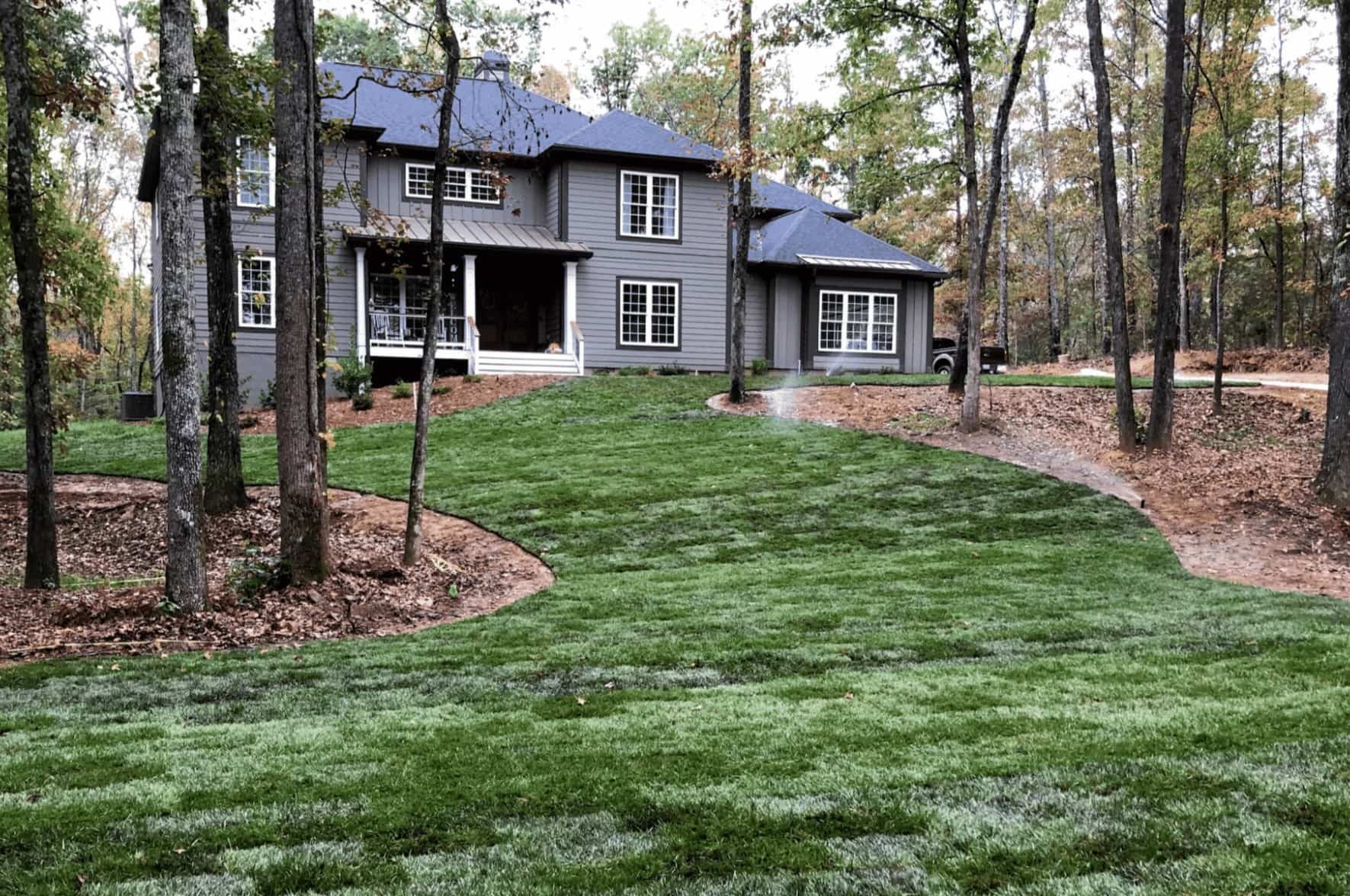

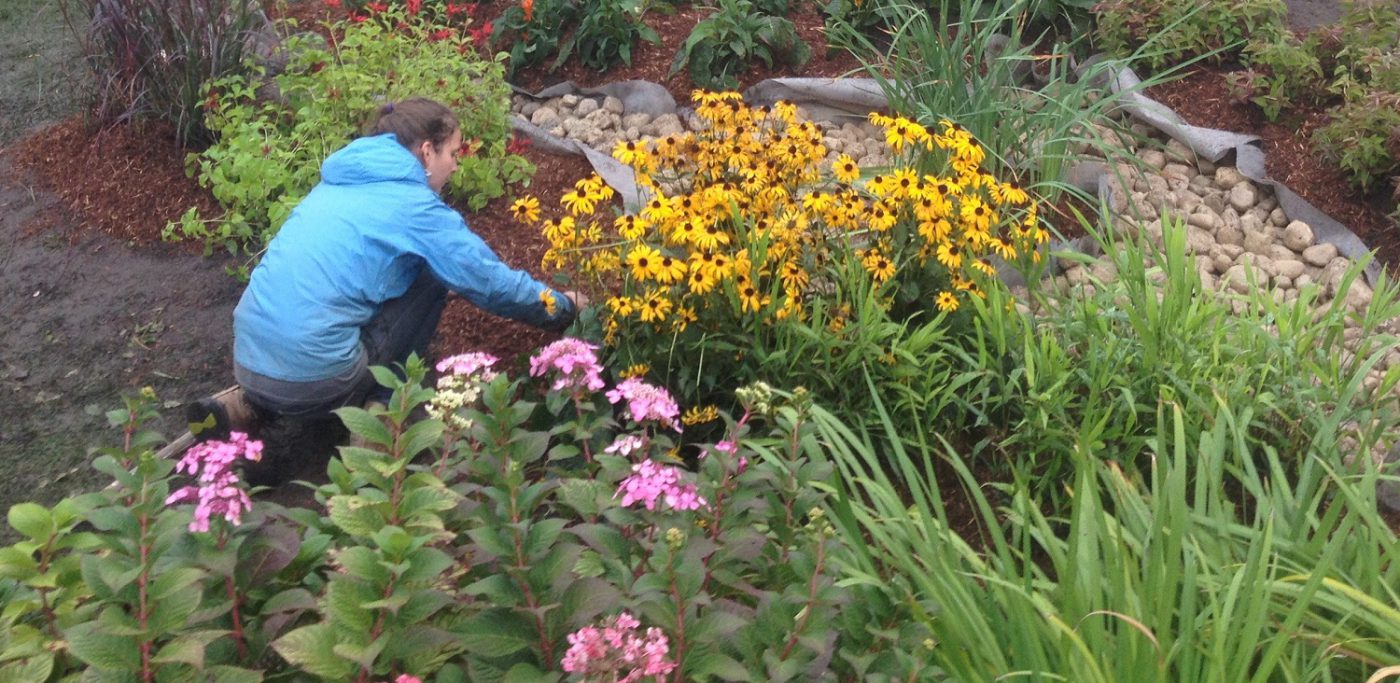
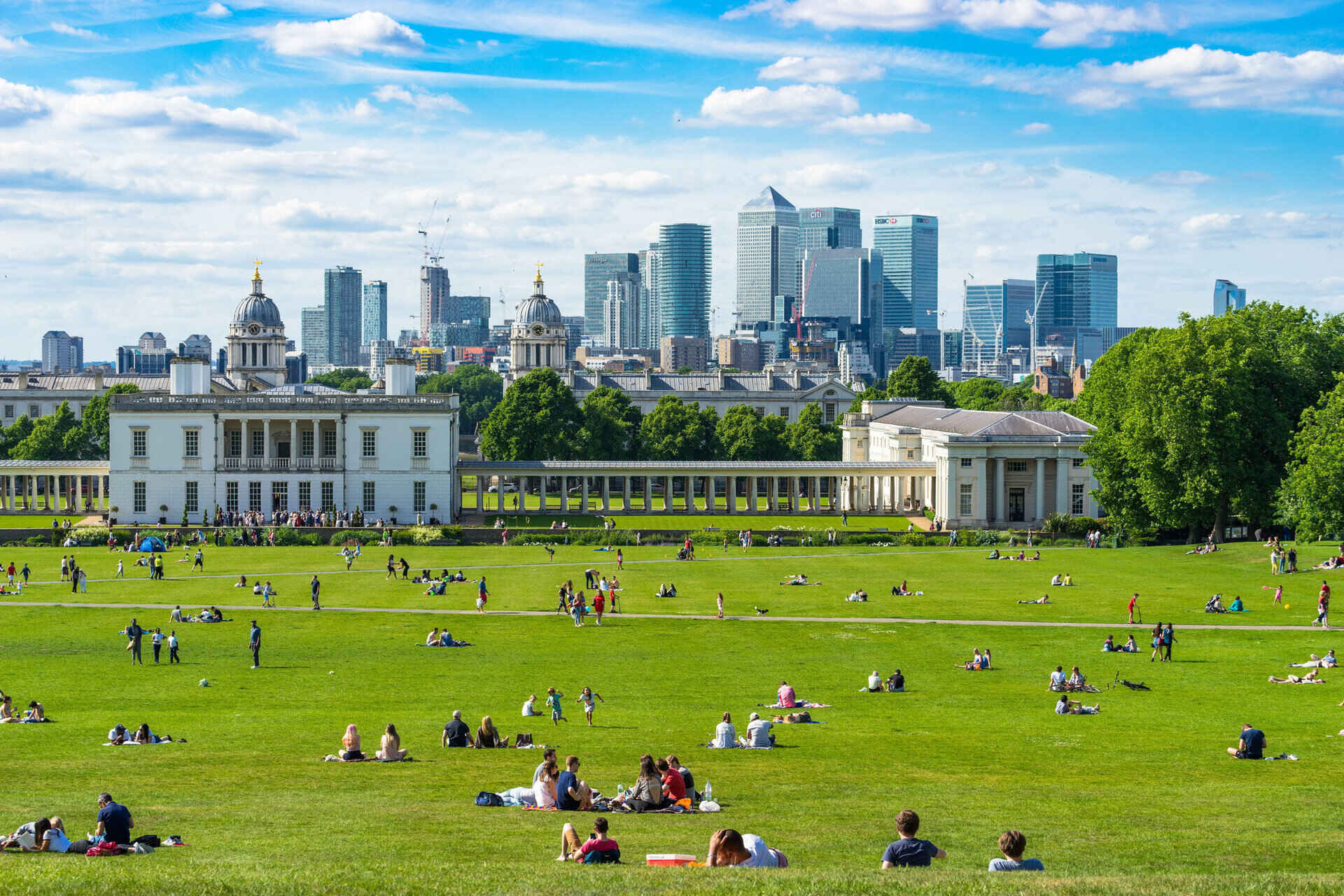

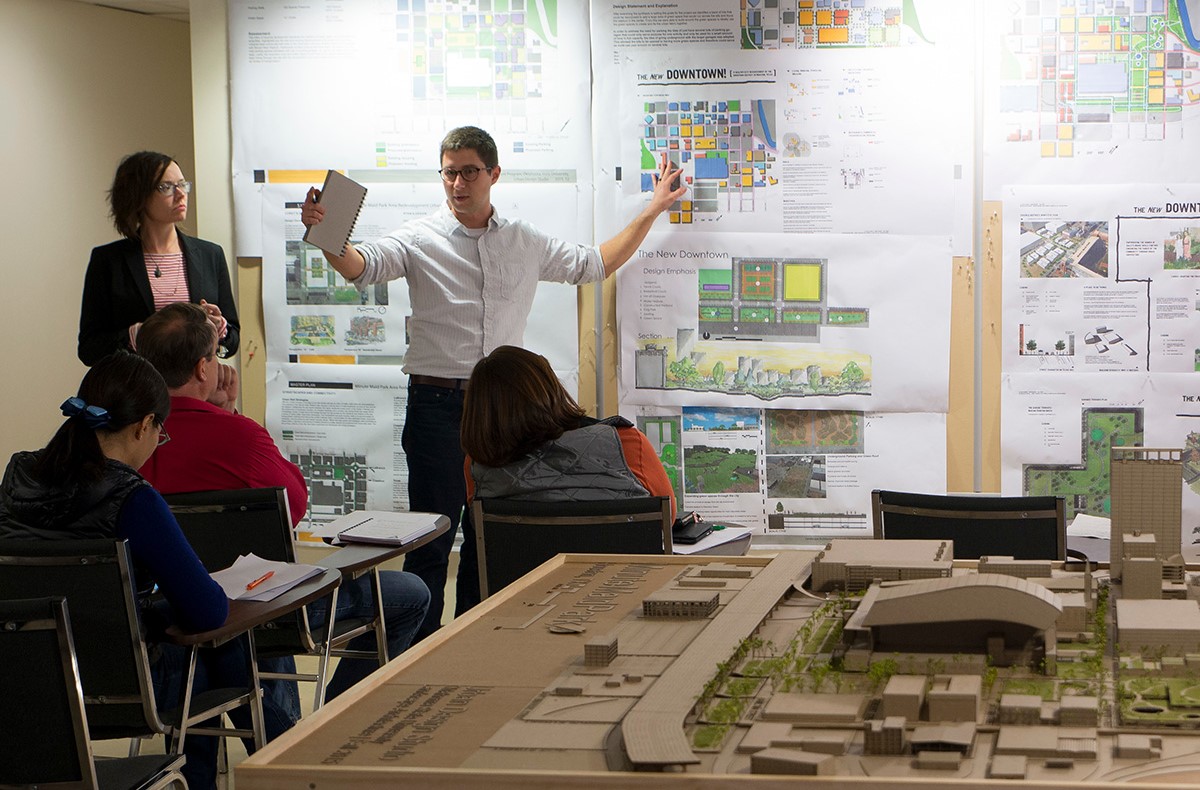
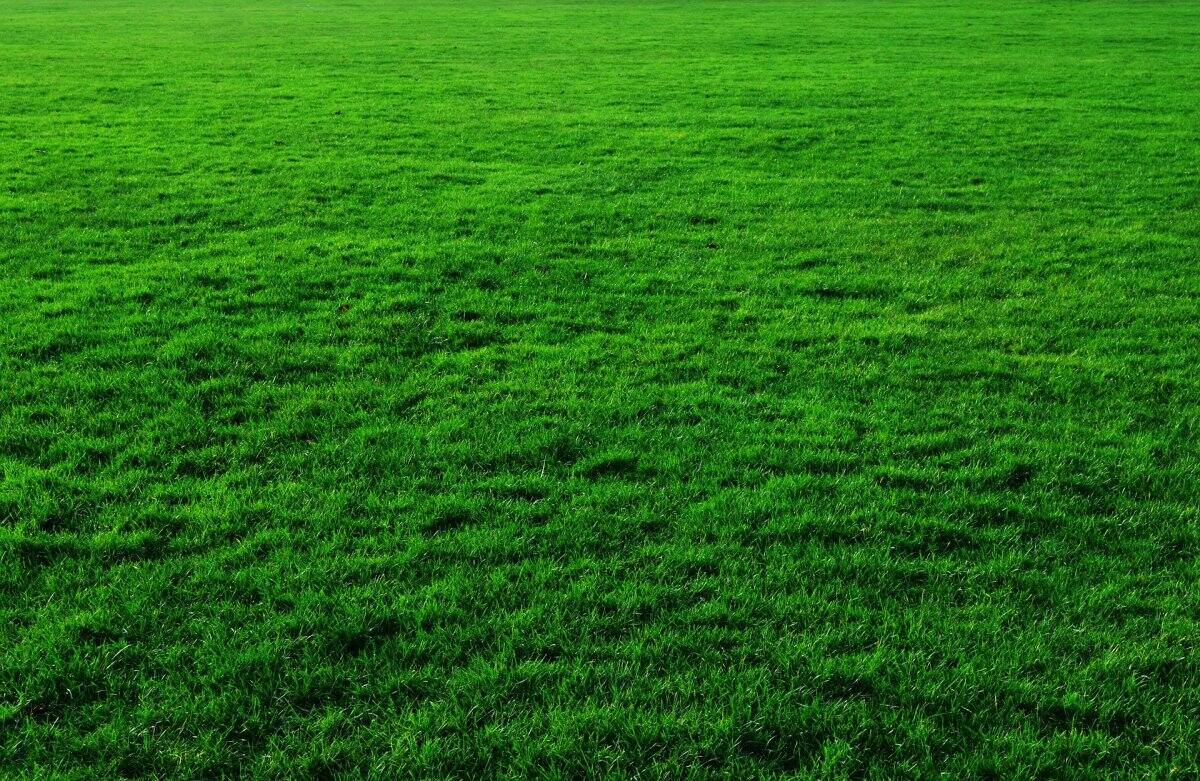
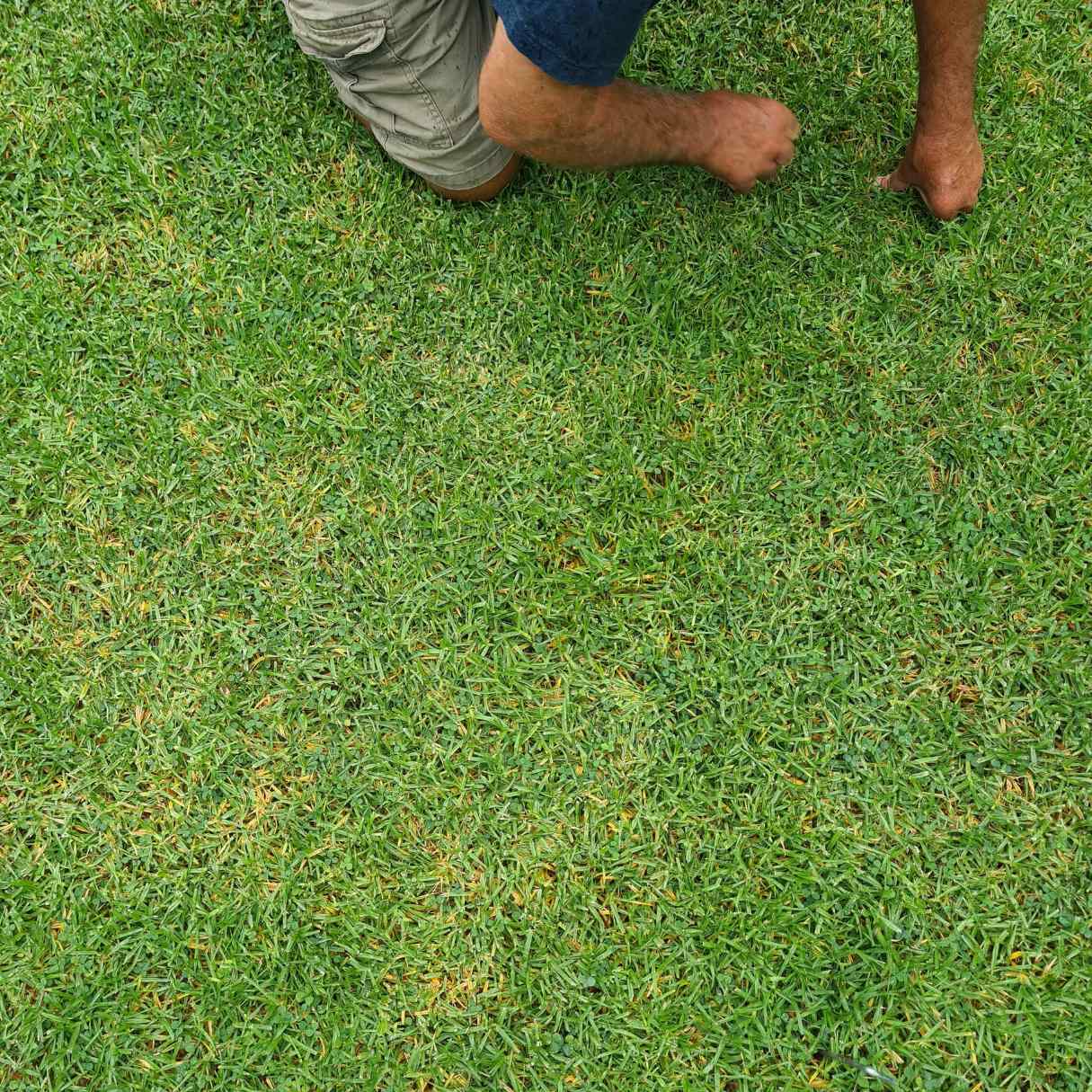

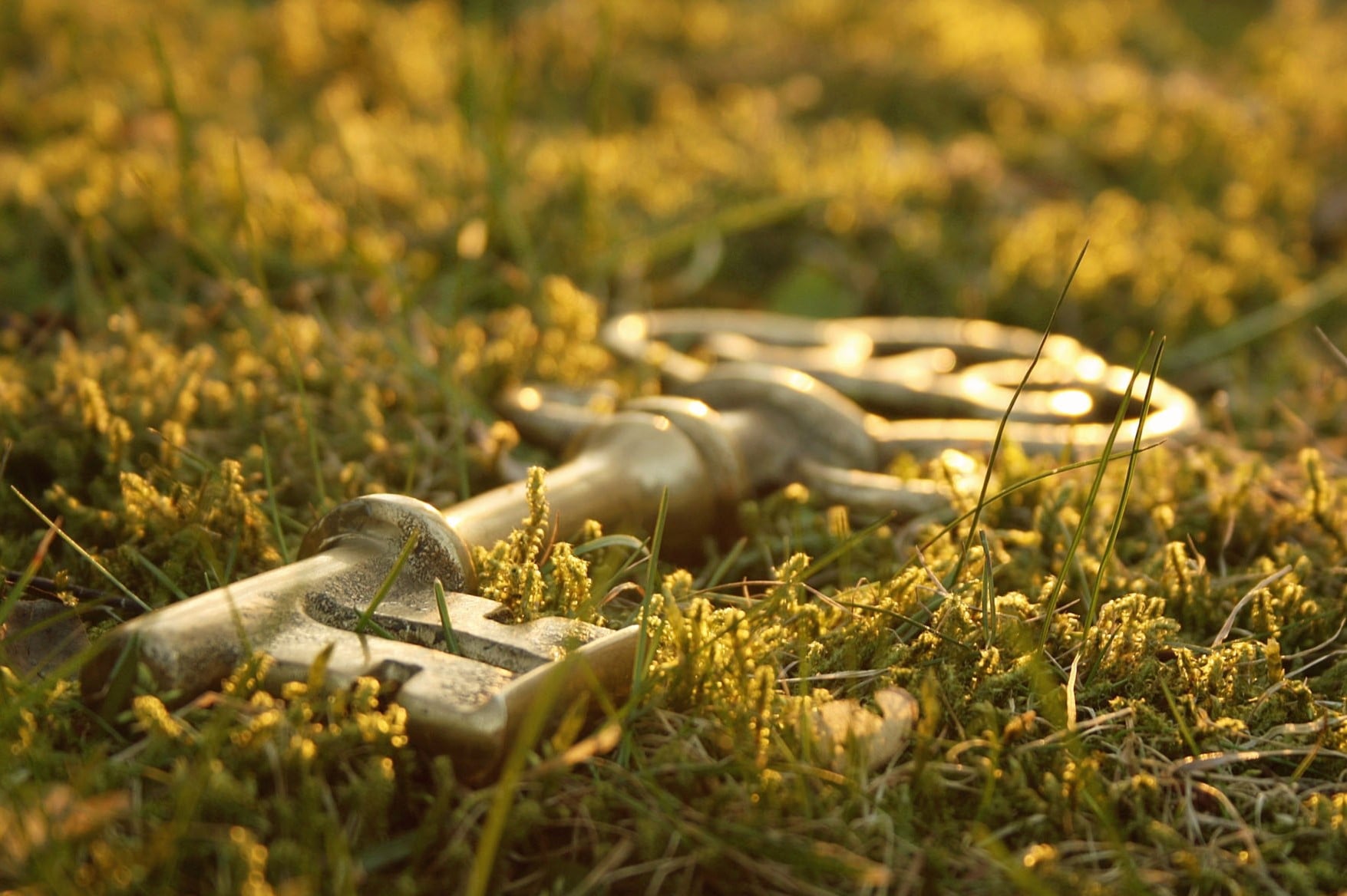
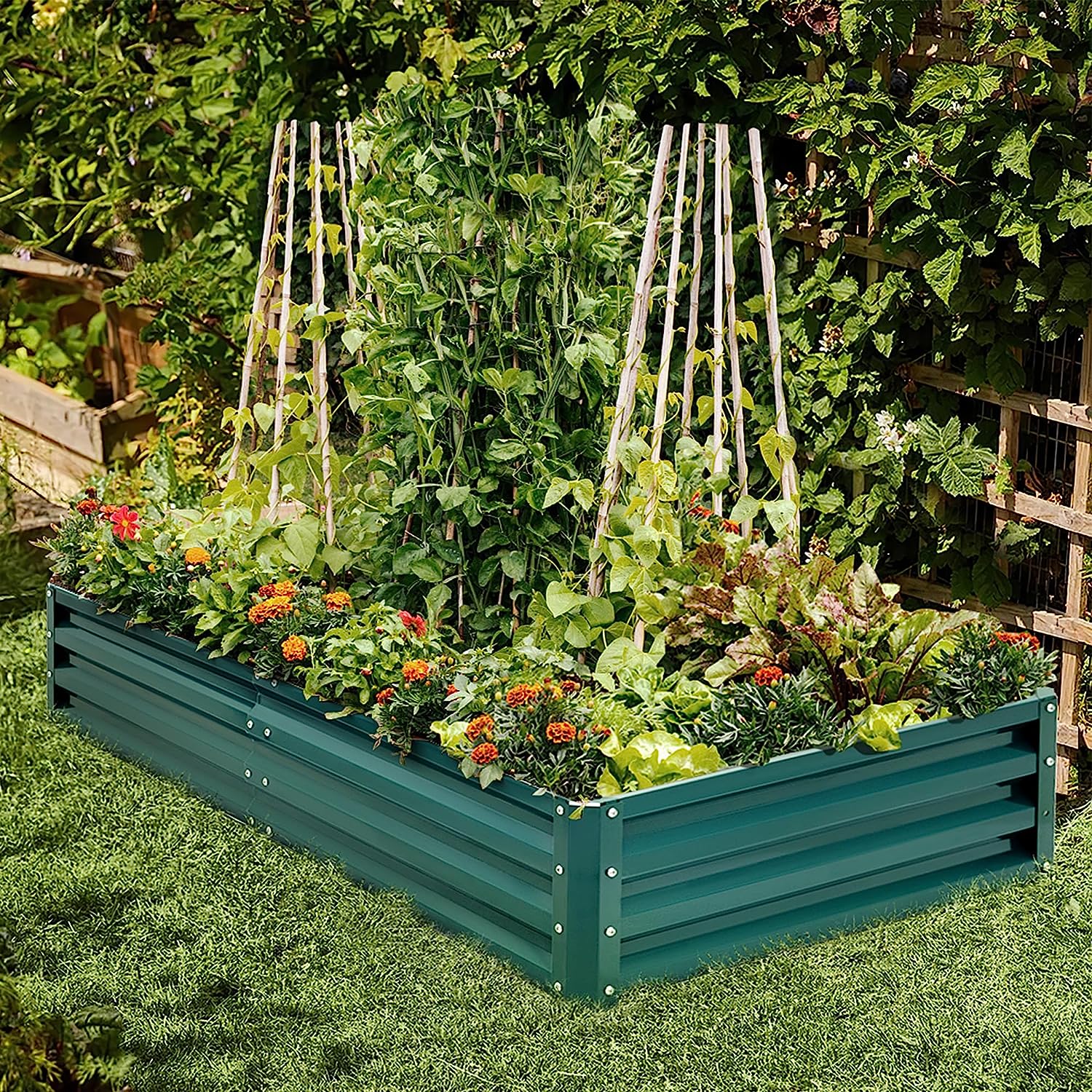


0 thoughts on “How Much Green Space Is Lost In Urban Areas Yearly”